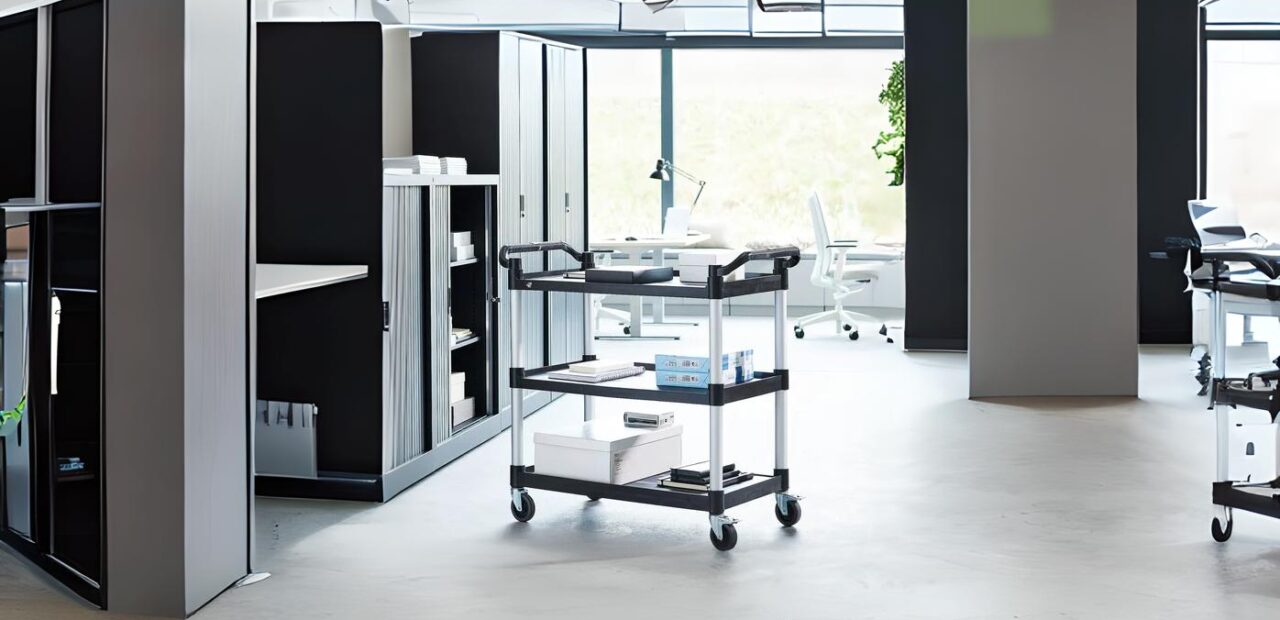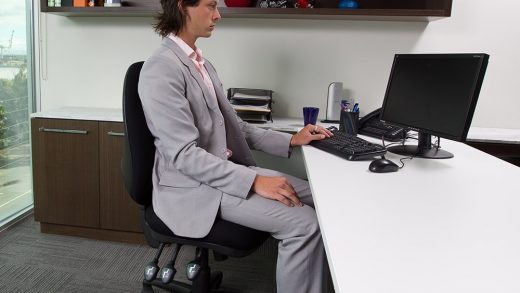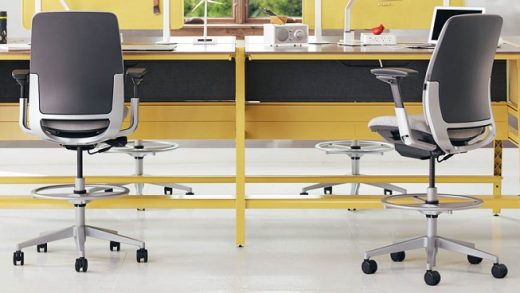The Power of Office Trolleys in Streamlining Workplace Operations
Contrary to popular belief, offices of any type are fast-paced working environments with a lot going on. Besides the ordinary setup of cubicles, desks, and the odd ergonomic chair, you’ll find different types of shelving, cabinets, lockers and the odd utility cart to whizz documents, stationery, cleaning products and takeaway lunches to where they’re needed. Of all the items listed, it’s the humble trolley that gets overlooked. It’s just another piece of equipment we take for granted. That is, until we find how useful it is.
Contents
Why Have Trolleys in the Office?
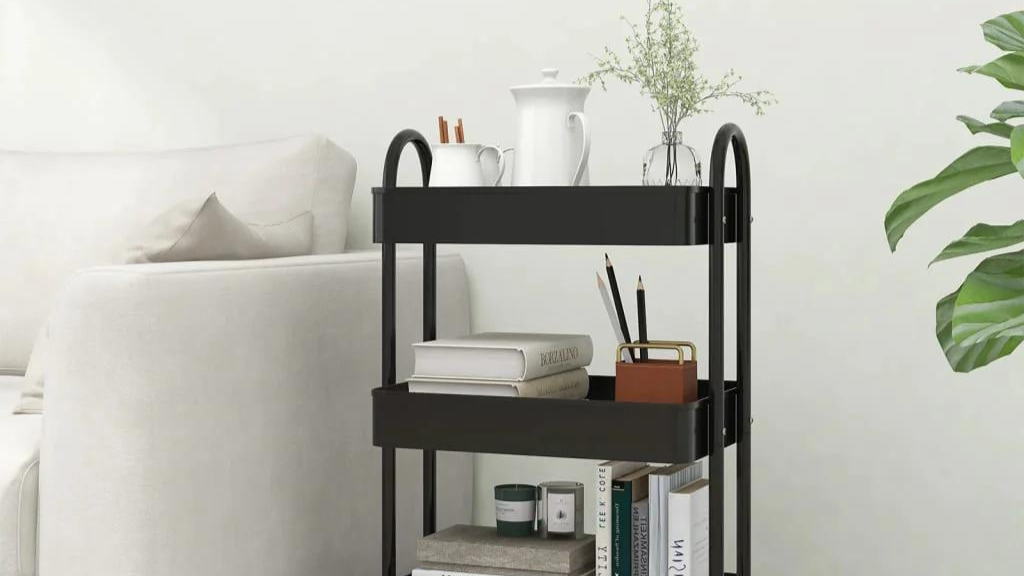
Unlike typical heavy-duty trolleys seen in warehousing or construction sites, mobile office trolleys are smaller, lighter, easier to move, and above all, designed to handle items used in day-to-day office operations. They make light work of transporting documents, files, desktop computers and anything else within the workplace a breeze. And they do this safely and with consistency which means no dropped, lost or damaged items that can wipe out a day’s or week’s work. They also save time, by reducing trips to different parts of the building, minimise the risk of injuries (how odd this seems) and with everything rolling smoothly on the “institutional” wheels most office and hospital trolleys run on, boost productivity.
One disregarded use of an office trolley is how they help increase overall space. Trolleys can double as filing cabinets, store common items like printer paper and stationery, or be a dedicated place that deals with everyday tasks. Most trolleys have multiple shelves to organise big, small and items of different weights, and can be removed or folded when not needed. Unlike their bigger siblings, office trolleys are much cheaper too, come in varying designs and features to suit individual workplaces and are easy to find.
Choosing the Right Trolley -What to Look For
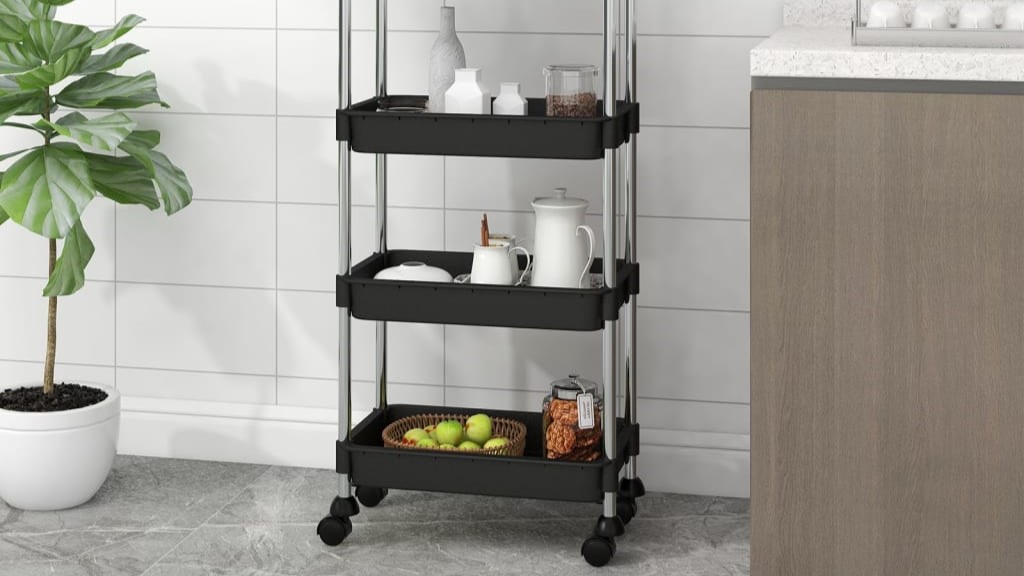
The vast majority of office trolleys are of the shelf or tiered type, meaning at least two shelves, handles at either end and swivelling wheels to negotiate tighter spaces. They’re designed to handle light to medium loads, generally up to 100 kilos, and are optioned in materials that can handle daily wear and tear and more demanding conditions, like the odd spill, or colder temperatures. This is a category of material handling equipment that besides offices is extensively seen in places like schools and hospitals, but also restaurants, hotels, retail stores, laundry rooms, commercial kitchens and more. And each place will have trolleys with subtle differences.
Consider What You’ll Be Carrying
Your work environment dictates the equipment you use. What will be loaded onto the trolleys, and the distances you need to cover are major factors. This means different shelving configurations and in varying numbers (2 to 4), and features like baskets, and cages, lockable doors and drawers from organising items of different sizes. Shelves in many multi-shelf trolleys can additionally be arranged at varying heights and this lends versatility to what you can carry. And there’s a lot of variety in usable loading areas with different lengths. Bigger and heavier office supplies will tend to occupy lower shelves, while things you need at arm’s length are on shelves higher up. As mentioned, most trolleys used in office and hospitality settings do have decent loading capacities, but overdoing weight recommendations can result in injuries or trolley buckling.
Materials and Build
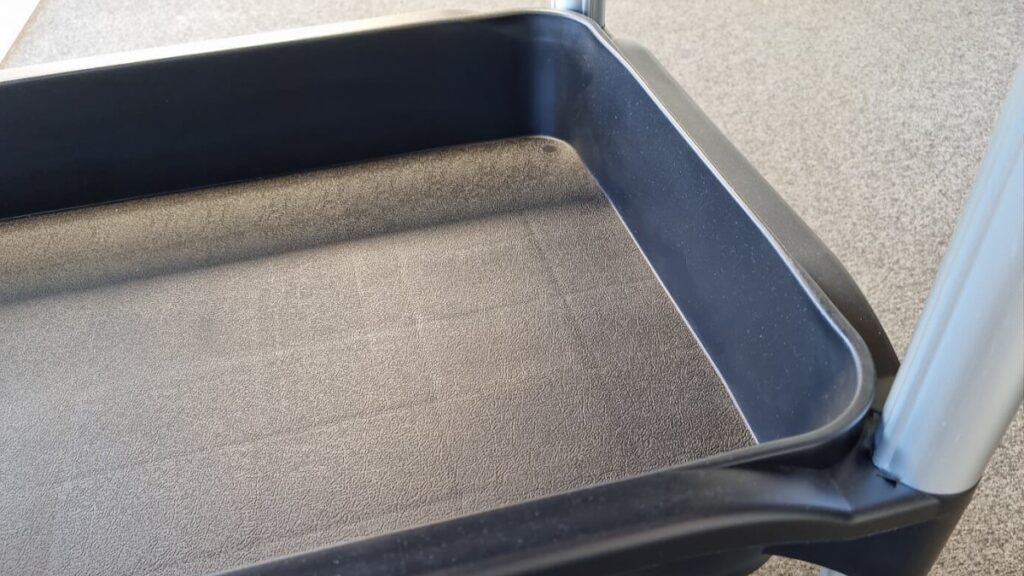
You’ll be looking at something that is lightweight but durable at the same time. This means an office trolley made of sturdy reinforced plastics with adequate loading capacity per shelf (50 kilos or more) and materials that won’t pick up dents or scratches from sharper items or when hurled against walls, doors and office furniture. Variants used in kitchens, laundries and workshops should also be sourced with anti-corrosive coatings and plastics that work better against liquids and chemicals. Choosing between fixed and folding trolleys also impacts build, and easier storage when the work day is over. Generally, fixed trolleys will have slightly higher loading capacities with thicker bases and frames, but foldable variants have the edge in overall flexibility and ease of use.
Ergonomics, Maneuverability and Safety
Minor details, like grip levels and soft-touch materials in handles for comfortable use (and for longer periods) can mean a trolley gets used or avoided altogether. For comfort and safety, additionally consider overall height, as users should have a clear view ahead despite what’s being loaded on the top shelf. Most office trolleys and utility carts round out at 800mm in shelves and 900 to 950mm in handles, so cater to most users, with additional adjustability in handle heights and angles.
Moving trolleys within the workplace depends on the wheel or castor configuration. Wheels are made of hard-wearing institutional rubber, paired with durable bearings and most importantly are non-marking and exceptionally quiet. And they’re some of the cheaper options around, so any damaged or stuck wheels are easy to change. Wheel size matters too, with 100mm being a balanced medium for easy rolling across different surfaces like carpet and vinyl flooring. Lastly, consider whether wheels are fixed or swivelling (there are different combos here) and get braked rear wheels for added safety.

